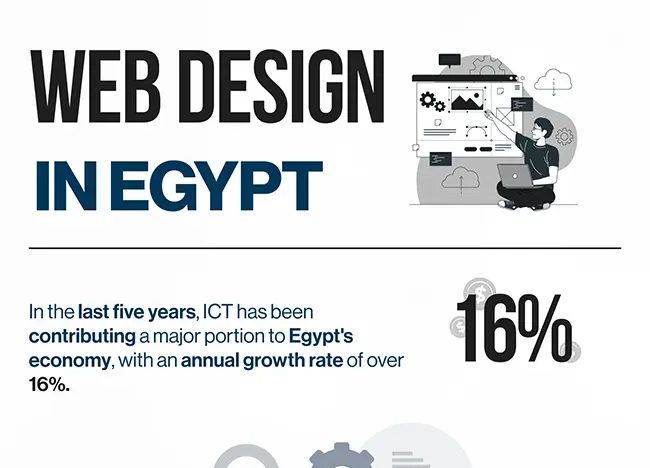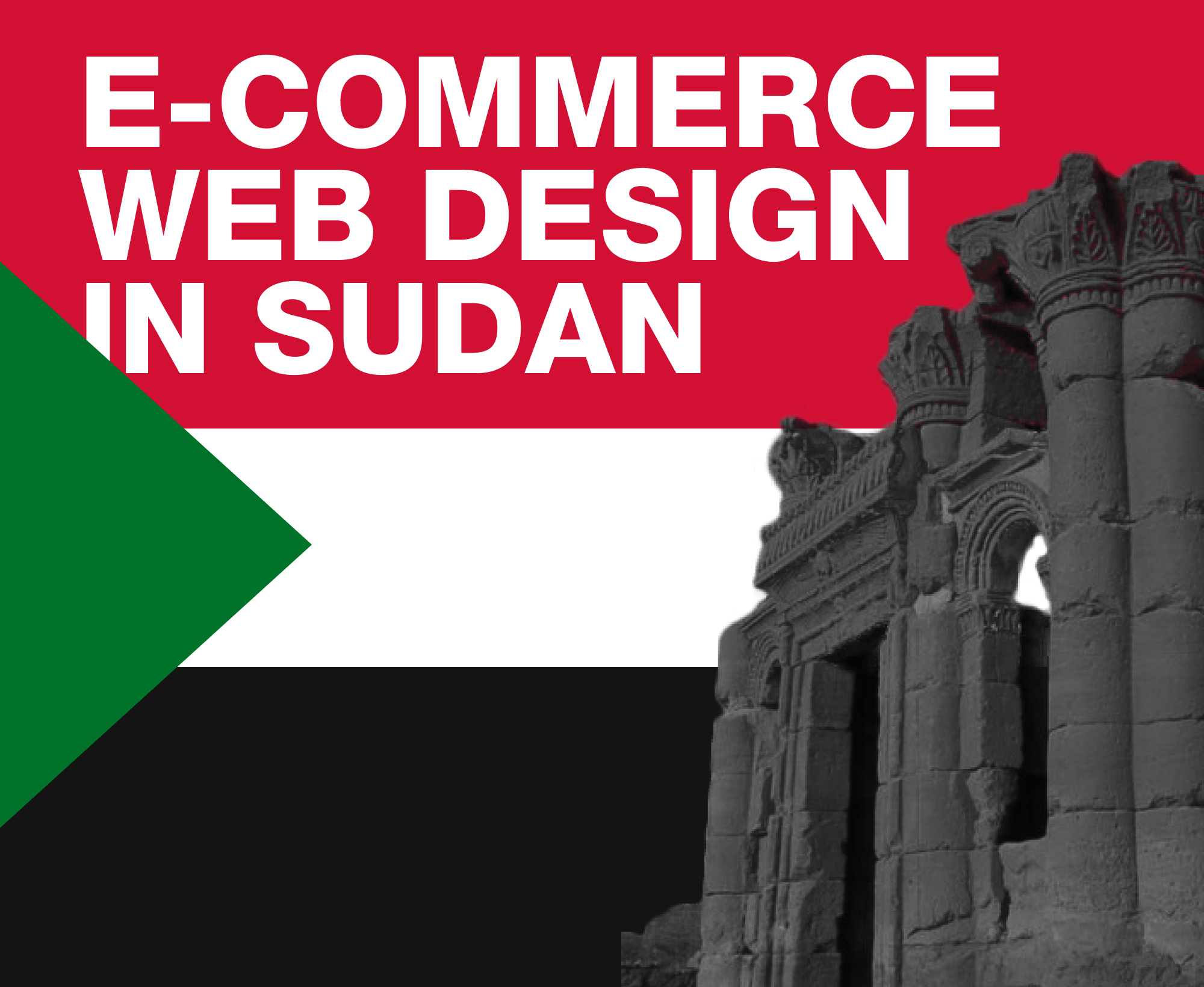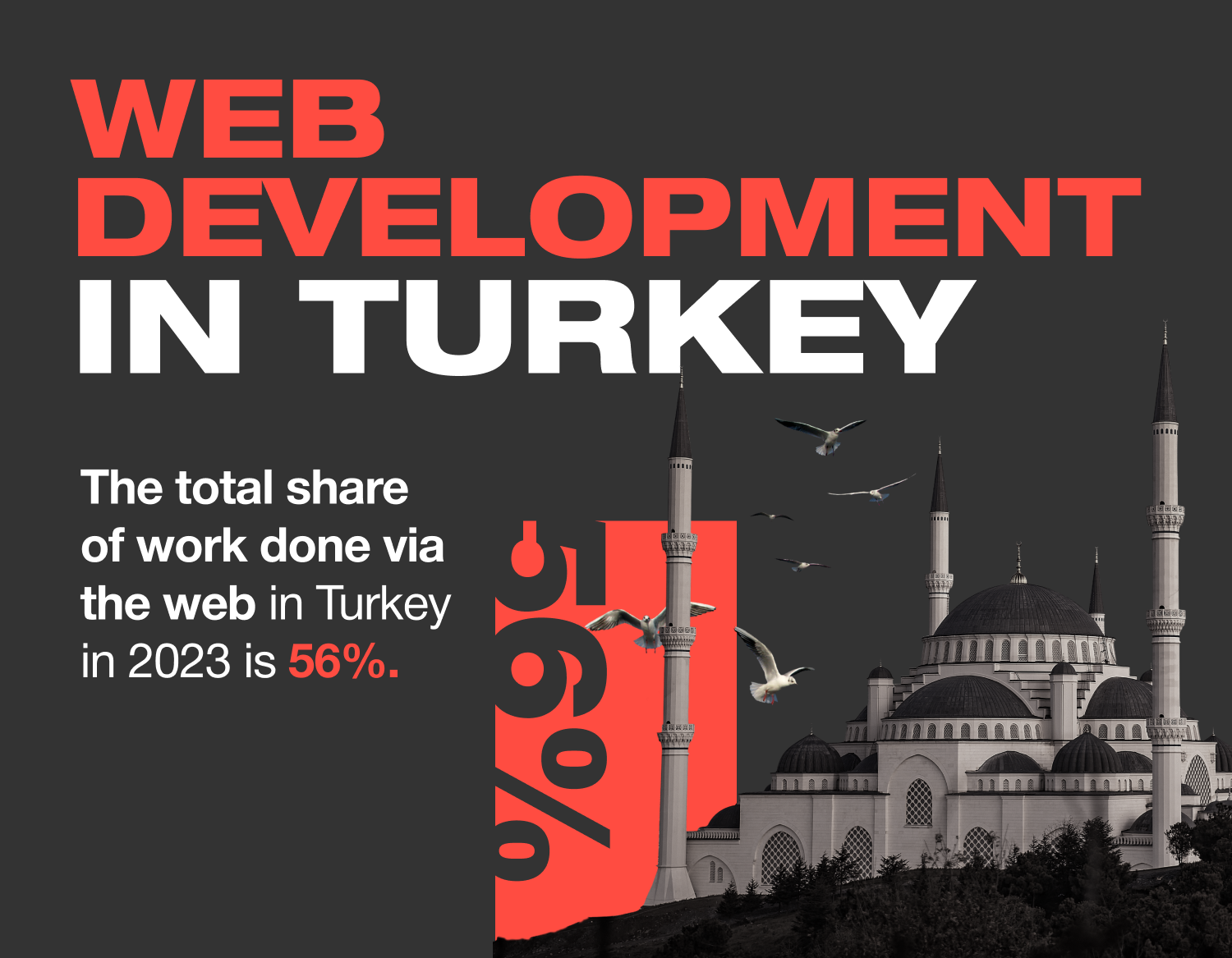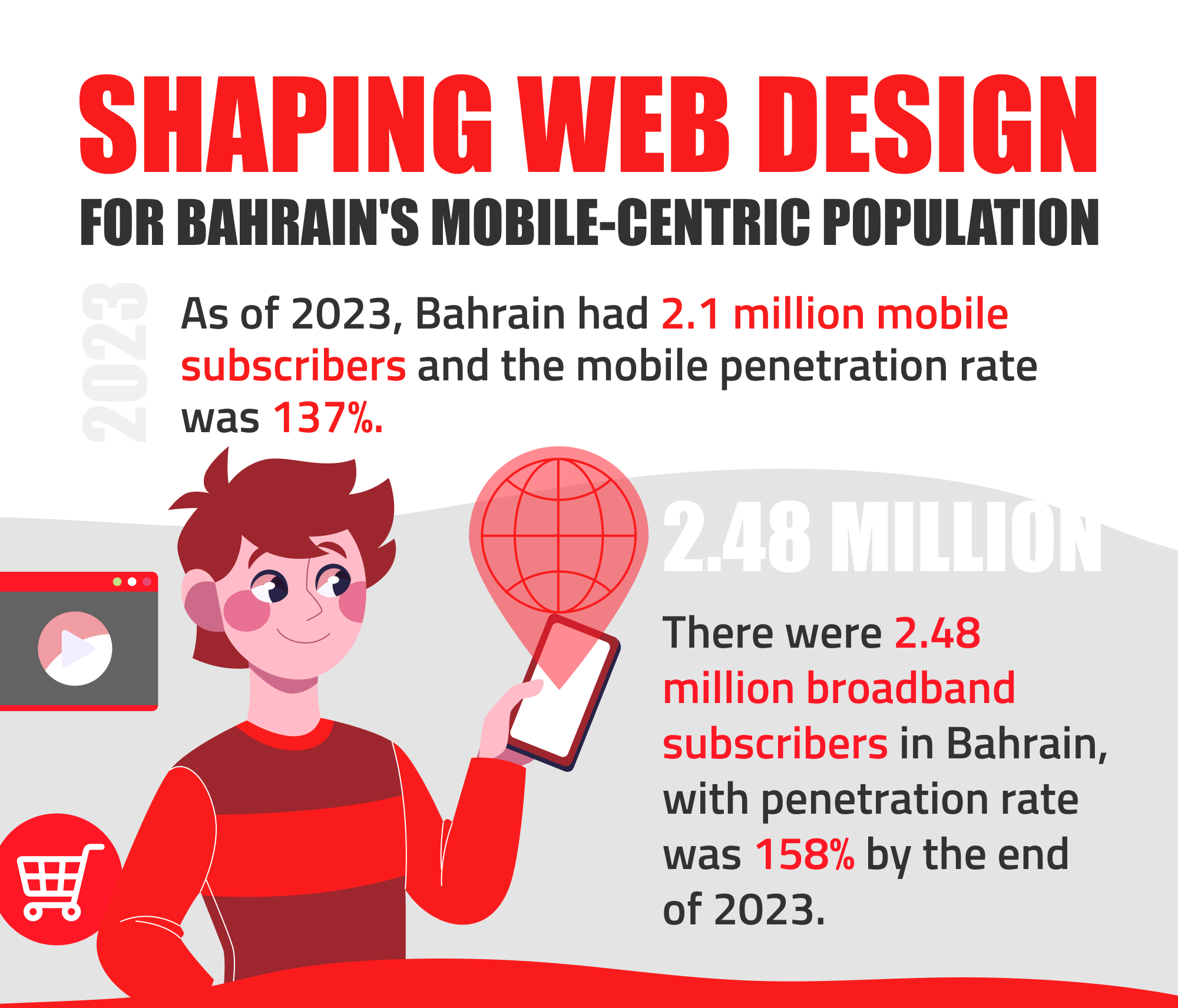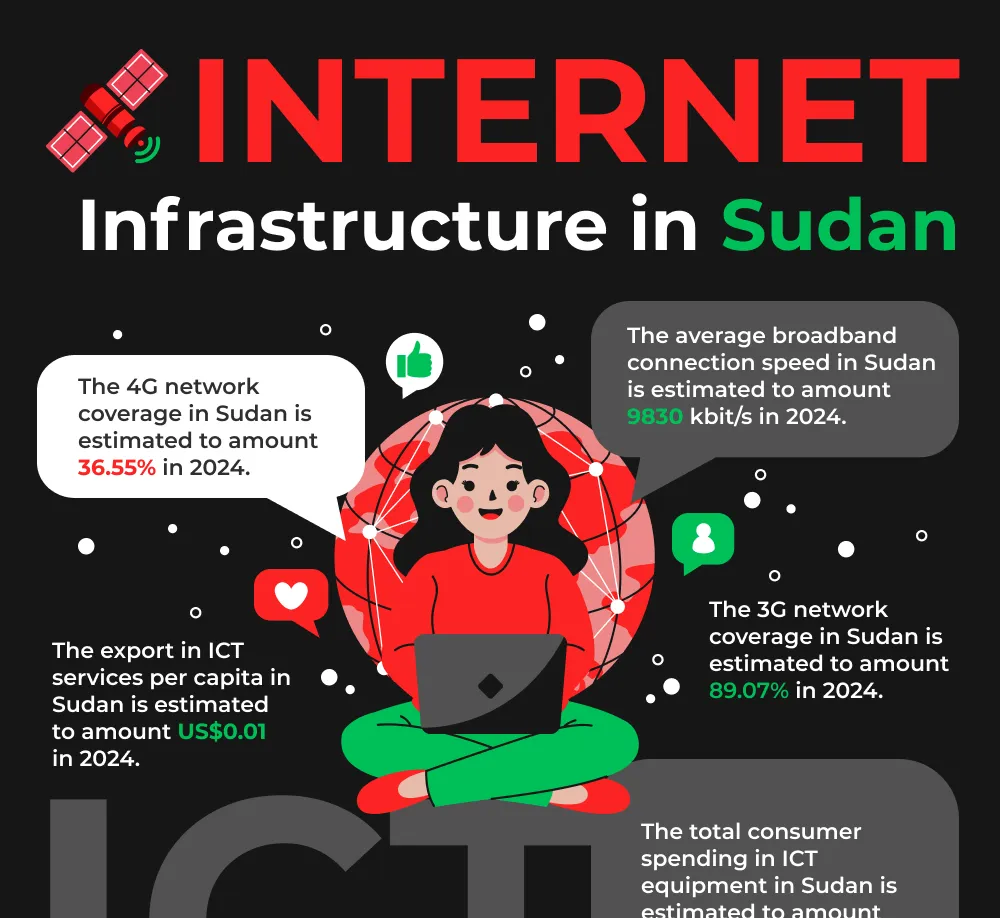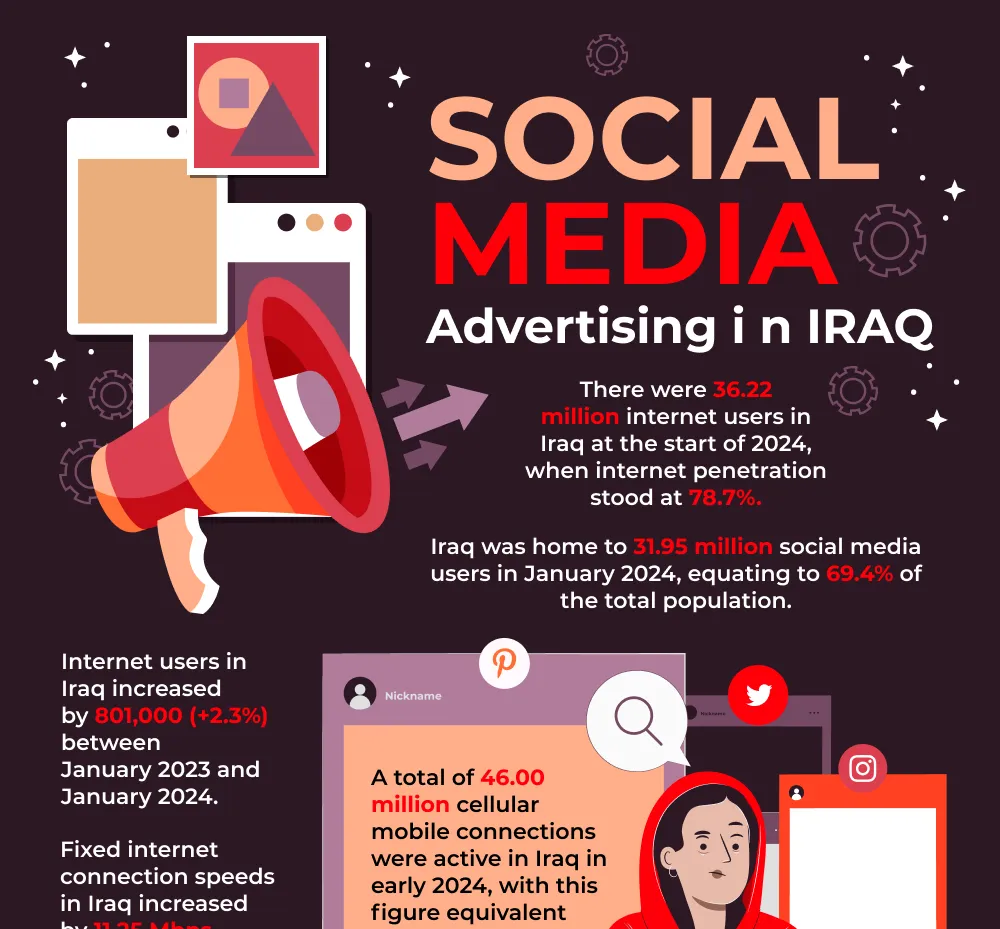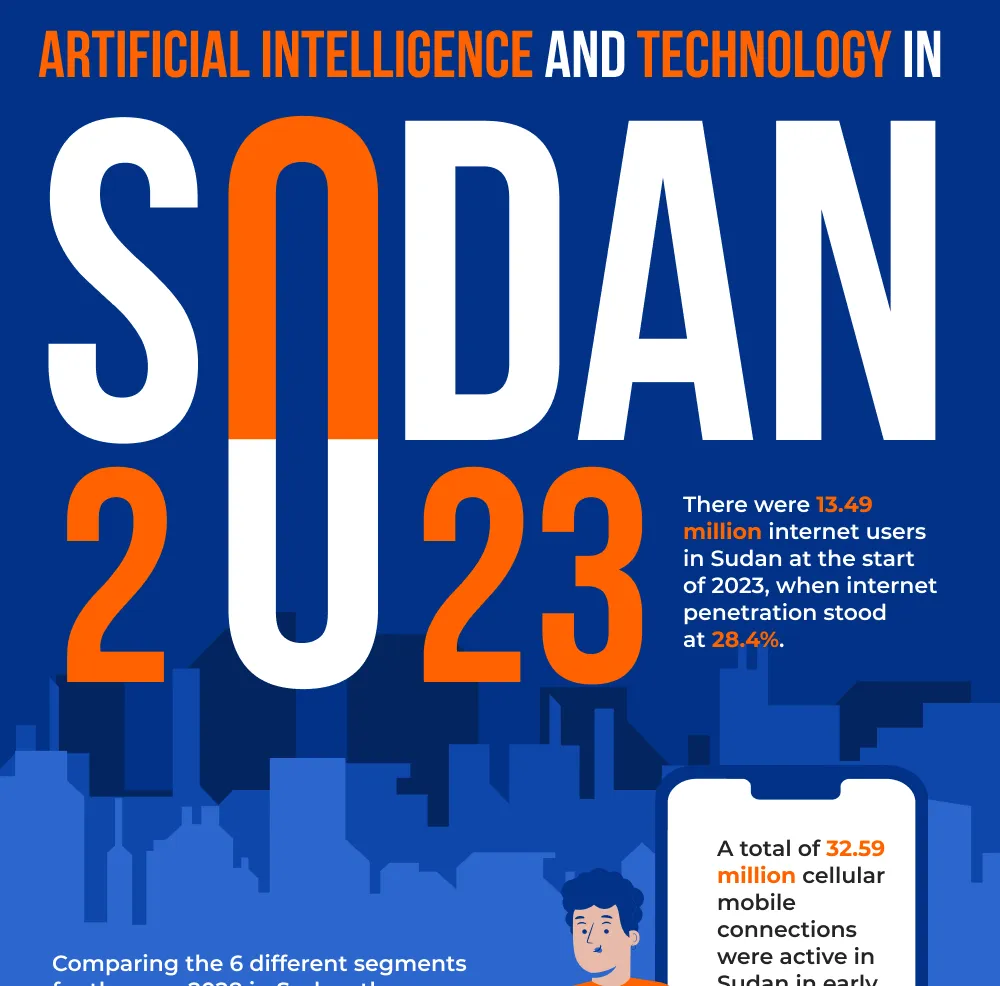Introduction
Are you ready to take your web development game to the next level in 2023? The world of web development is constantly evolving, with new tools and technologies emerging to help you create faster, more efficient, and visually stunning websites. In this comprehensive guide, we will explore the top web development tools to use in 2023, ensuring your websites stay at the forefront of innovation and performance. In the ever-changing landscape of web development, staying up-to-date with the latest tools and technologies is crucial. This is essential for creating websites that are not only visually appealing but also highly functional, secure, and optimized for performance.
The Must-Have Web Development Tools
1. Web Design Frameworks
Web design frameworks are the foundation of any web development project. In 2023, popular frameworks like Bootstrap, Foundation, and Materialize will continue to dominate. These frameworks provide a solid starting point for responsive and visually appealing web designs.
Bootstrap, for instance, offers a plethora of pre-designed templates and components, making it easier for developers to create mobile-friendly websites. By utilizing these frameworks, you can save time and ensure your website's responsiveness.

2. Code Editors and Integrated Development Environments (IDEs)
Efficient coding is at the heart of web development. For 2023, code editors like Visual Studio Code, Sublime Text, and Atom are indispensable tools. These editors offer features such as code highlighting, auto-completion, and debugging capabilities, which streamline the development process and reduce errors.
Additionally, integrated development environments like JetBrains PhPStorm and WebStorm provide robust solutions for web development, offering powerful coding assistance and tools for both front-end and back-end development.
3. Version Control Systems
Collaboration and code management are essential aspects of modern web development. Version control systems like Git and GitHub will remain essential in 2023. These tools allow developers to track changes, collaborate seamlessly, and ensure the stability of web projects.
4. Front-End Libraries
To enhance user experiences and streamline development, front-end libraries like React, Angular, and Vue.js will continue to be vital in 2023. These libraries enable the creation of interactive and dynamic web applications with ease.
React, for instance, powers many high-performance websites, offering a robust ecosystem of reusable components and a virtual DOM for efficient updates.
5. Content Management Systems (CMS)
For those focusing on content-driven websites, CMS platforms like WordPress, Drupal, and Joomla will remain dominant. These systems simplify content creation, management, and publishing, making them ideal choices for bloggers, e-commerce sites, and news outlets.
6. Task Runners
Task runners like Gulp and Grunt automate repetitive tasks in the development workflow, such as minification, compilation, and testing. These tools save time and ensure consistency across your projects.
7. Package Managers
Package managers like npm (Node Package Manager) and yarn simplify the process of adding and managing dependencies in your projects. They are indispensable for managing libraries, plugins, and other resources efficiently.
8. Performance Optimization Tools
In the competitive online landscape, website speed and performance are critical. Tools like Google PageSpeed Insights and GTmetrix help you identify and fix performance bottlenecks, ensuring your site loads quickly and ranks well in search engines.
9. Security Scanners
In an era of increasing cyber threats, web security is paramount. Tools like OWASP ZAP and Nessus help you identify vulnerabilities and secure your web applications against potential attacks.
10. Testing and Debugging Tools
Comprehensive testing is essential to ensure your website functions flawlessly. Tools like Selenium and Chrome DevTools aid in automated testing and debugging, reducing the chances of user-facing issues.

11. Content Optimization Tools
Creating SEO-friendly content is crucial for visibility in search engines. Tools like Yoast SEO and SEMrush assist in optimizing your content for relevant keywords and ensuring it ranks well in search results.
12. Schema Markup Generators
Schema markup helps search engines understand your website's content better. Schema generators like Google's Structured Data Markup Helper simplify the process of adding structured data to your pages.
13. Performance Monitoring Tools
To maintain a high-quality user experience, tools like Google Analytics and Hotjar provide insights into user behavior, helping you identify areas for improvement.

14. A/B Testing Platforms
A/B testing allows you to experiment with different website elements to determine what resonates best with your audience. Tools like Optimizely and VWO make A/B testing easy and informative.
15. Mobile App Development Frameworks
With the increasing use of mobile devices, having a mobile app is often essential. Frameworks like React Native and Flutter enable the creation of cross-platform mobile apps using web development skills.
16. Accessibility Testing Tools
Ensuring your website is accessible to all users is a legal and ethical requirement. Tools like Axe and WAVE assist in evaluating and improving your site's accessibility.
17. WebAssembly
WebAssembly is a groundbreaking technology that allows running code written in multiple languages at near-native speed in web browsers. As it matures, it will unlock new possibilities for web development, particularly in performance-critical applications.
18. Progressive Web Apps (PWAs)
PWAs combine the best of web and mobile apps, offering offline capabilities, push notifications, and fast loading times. As they gain traction, consider adopting PWA development techniques.
Conclusion
In the fast-paced world of web development, staying current with the latest tools and technologies is crucial. The Web Development Tools to Use in 2023 offer the means to create exceptional websites that stand out in terms of performance, security, and user experience. As you embark on your web development journey in 2023, explore these tools, experiment with them, and continually enhance your skills to remain at the forefront of this dynamic field.
Frequently Asked Questions (FAQs)
Q1: Can I use multiple web development tools together?
A: Absolutely! In fact, many web developers combine various tools to create a customized workflow that suits their specific needs.
Q2: Are these tools suitable for beginners?
A: Yes, while some tools may have a steeper learning curve, many are beginner-friendly and offer extensive documentation and tutorials.
Q3: How often should I update my web development tools?
A: It's essential to keep your tools up-to-date to ensure security and take advantage of new features. Aim to update them regularly, but always test updates in a controlled environment first.
Q4: Do I need to learn all these tools to be a web developer?
A: No, you can specialize in specific areas of web development and focus on the tools that align with your expertise and project requirements.
Q5: Are there free alternatives to these paid tools?
A: Yes, many open-source and free tools can accomplish similar tasks. It's a matter of finding the right tool that fits your budget and needs.
Q6: How can I stay updated on the latest web development trends and tools?
A: Following web development blogs, attending conferences, and participating in online communities are great ways to stay informed about industry trends and new tools.
